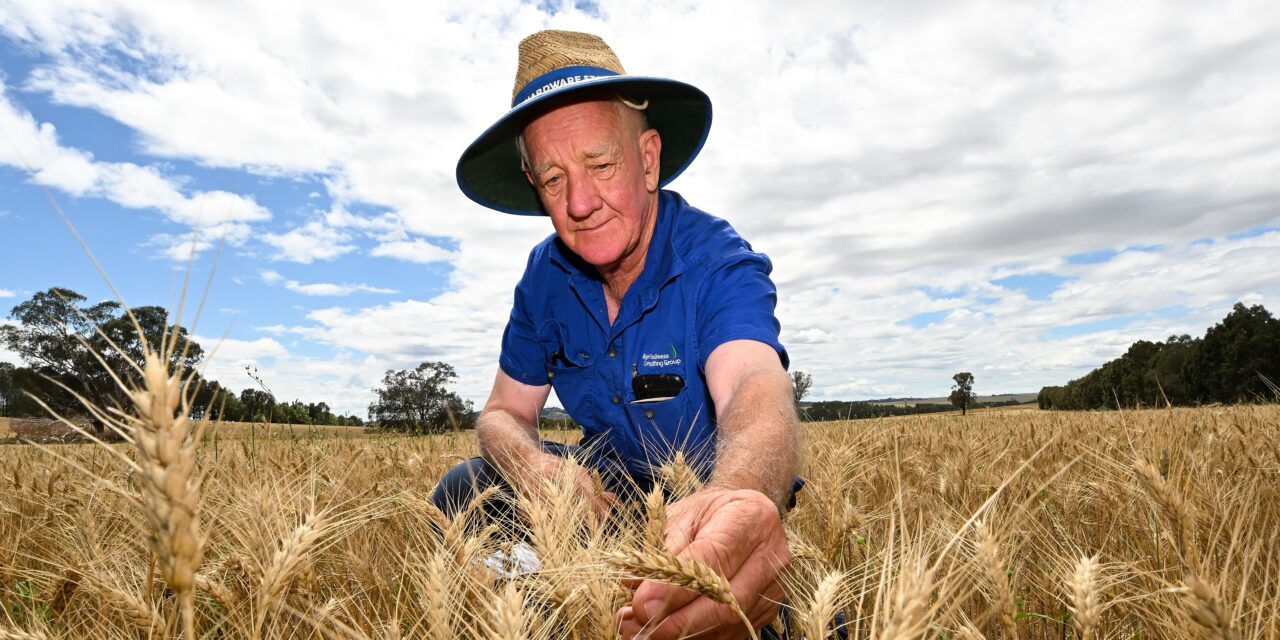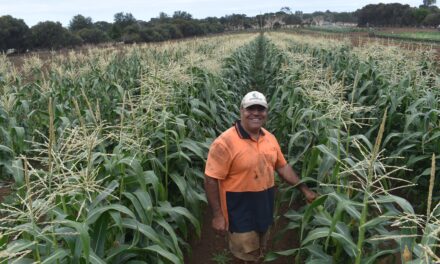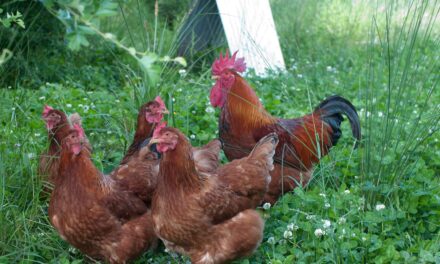Chemical spray drift isn’t just a problem for the big guys. Even small farms are at risk if the wrong spray ends up in the wrong place. New technology is helping the cotton industry deal with the dangers of spray drift, and this story from AAP carries a timely message for everyone.
As storms roll across Australia’s cropping areas so too does the risk of spray drift and multi-million-dollar damage bills, as growers work to reduce weeds on their farms.
In southern NSW almost an entire crop of fava beans was wiped out in 2022 when a farmer sprayed at the wrong time.
Within 10 days the beans turned from a healthy green to black.
“A nearby crop was sprayed at an inappropriate time which caused the drift to move over the beans, which are very sensitive to the chemicals being used,” Alan Brown, a farmer and part-time consultant, said.
“It was the worst I’ve ever seen for a spray drift event.”
An estimated $100,000 worth of damage was done, but contamination from spray drift does more than just sour crops.
“It’s something that is distressing for everyone involved,” Alan, who is also the NSW Farmers Ag Science Committee chair, said.
“The problems come with the disintegration of neighbour relationships.”
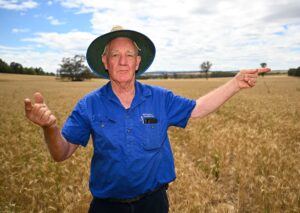
No more sticking a finger in the mouth, then sticking it in the air for Alan Brown to guess where the wind and spray drift are coming from. (AAP Image/Lukas Coch)
Spray drift is particularly problematic for the cotton industry, with the plant especially susceptible.
Now technology is helping to improve matters.
An Australian-developed weather system called WAND informs growers when it’s safe to spray and when to avoid inversion events.
Inversions happen when cool air is trapped under warm air, meaning if pesticides are sprayed the droplets can be carried kilometres off target.
The WAND network of 100 towers is operating across major cotton growing areas of Queensland and NSW.
Gordon Cumming from the Grains Research and Development Corporation, which helped develop the system, said growers found they were able to spray for longer.
“Up until now it’s been stick a finger in my mouth, stick it in the air … that is so imprecise,” he said.
“They’re finding that it (WAND) gives them a very clear indication of when to spray and when not to spray … it gives them considerable confidence.”
Plant and soil scientist Emma Ayliffe said spray drift was costly for all involved, including consumers.
“It’s about the effect that it’s going to have on the food and fibre on our supply chain, the cost of produce that you buy at the supermarket and the livelihood of the people that are growing these crops,” she said.
Emma has received several reports of damage to tomato crops, cotton and grapes throughout NSW.
Between September and late December, the Environmental Protection Agency received 21 reports of suspected agricultural or horticultural spray drift in NSW.
The authority is investigating suspected spray drift incidents in areas in north-west and central-west NSW as well as the Riverina.
“If pesticides, herbicides or insecticides are applied incorrectly or during inappropriate weather conditions, they can drift tens of kilometres,” the authority’s Steve Orr said.
“In regions where many operators may be spraying at the same time, such as areas with intensive horticulture or agriculture, it can be difficult to determine the source of the drift.”
Across the nation, the Australian Pesticides and Veterinary Medicines Authority is responsible for assessing and registering agricultural chemicals.
From July 2021 to 2022, the authority received 21 reports of possible or probable spray drift events, while it usually gets about six reports a year.
In 2024, the WAND towers will be able to release a 24-hour forecast in what is considered to be a “game changer” for the cotton industry.
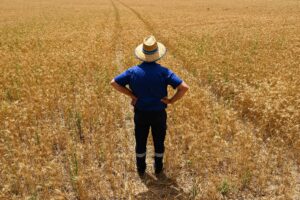
Chair of the NSW Farmers Ag Science Committee Alan Brown inspects crop in a wheat field . (AAP Image/Lukas Coch)

